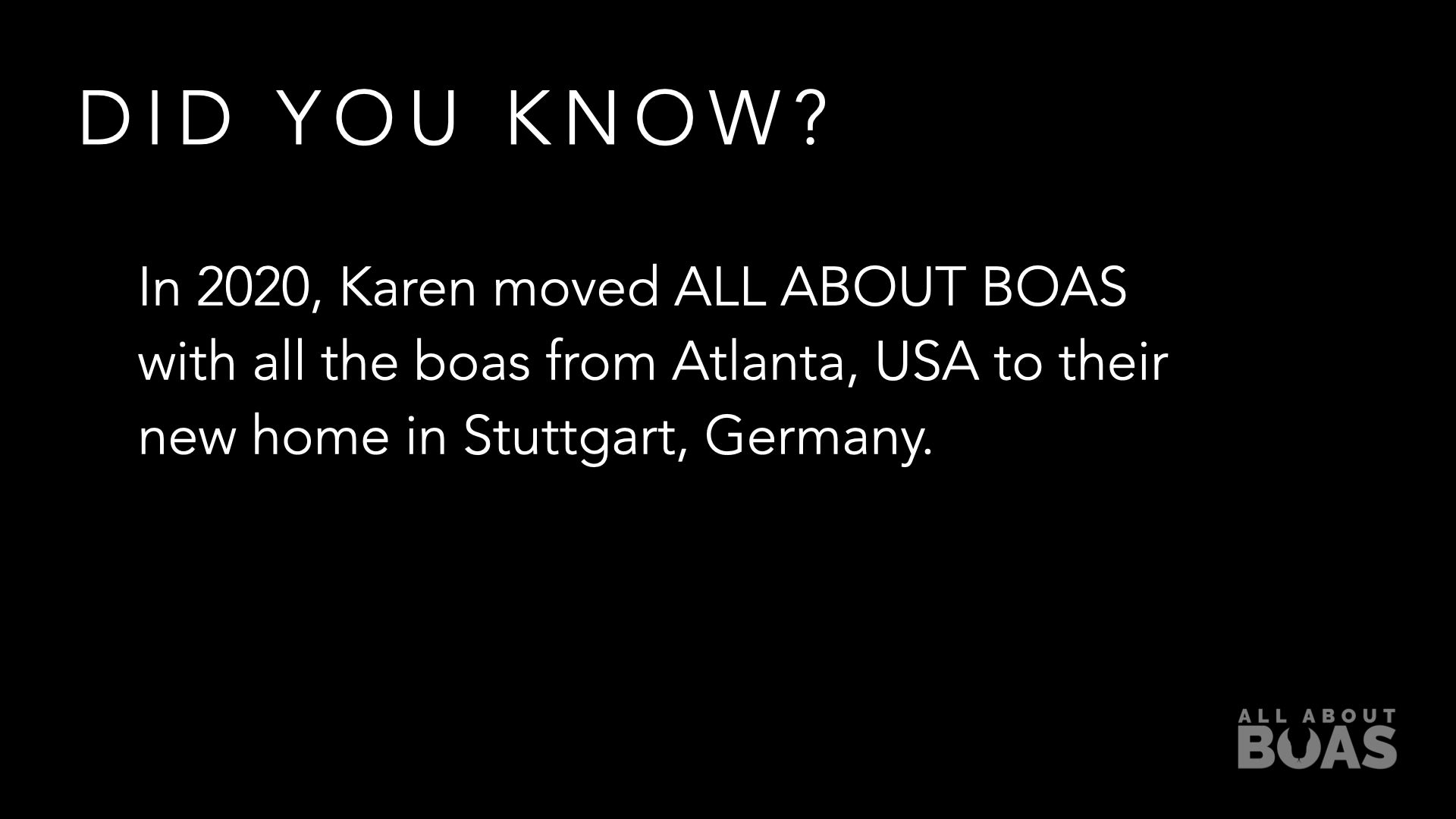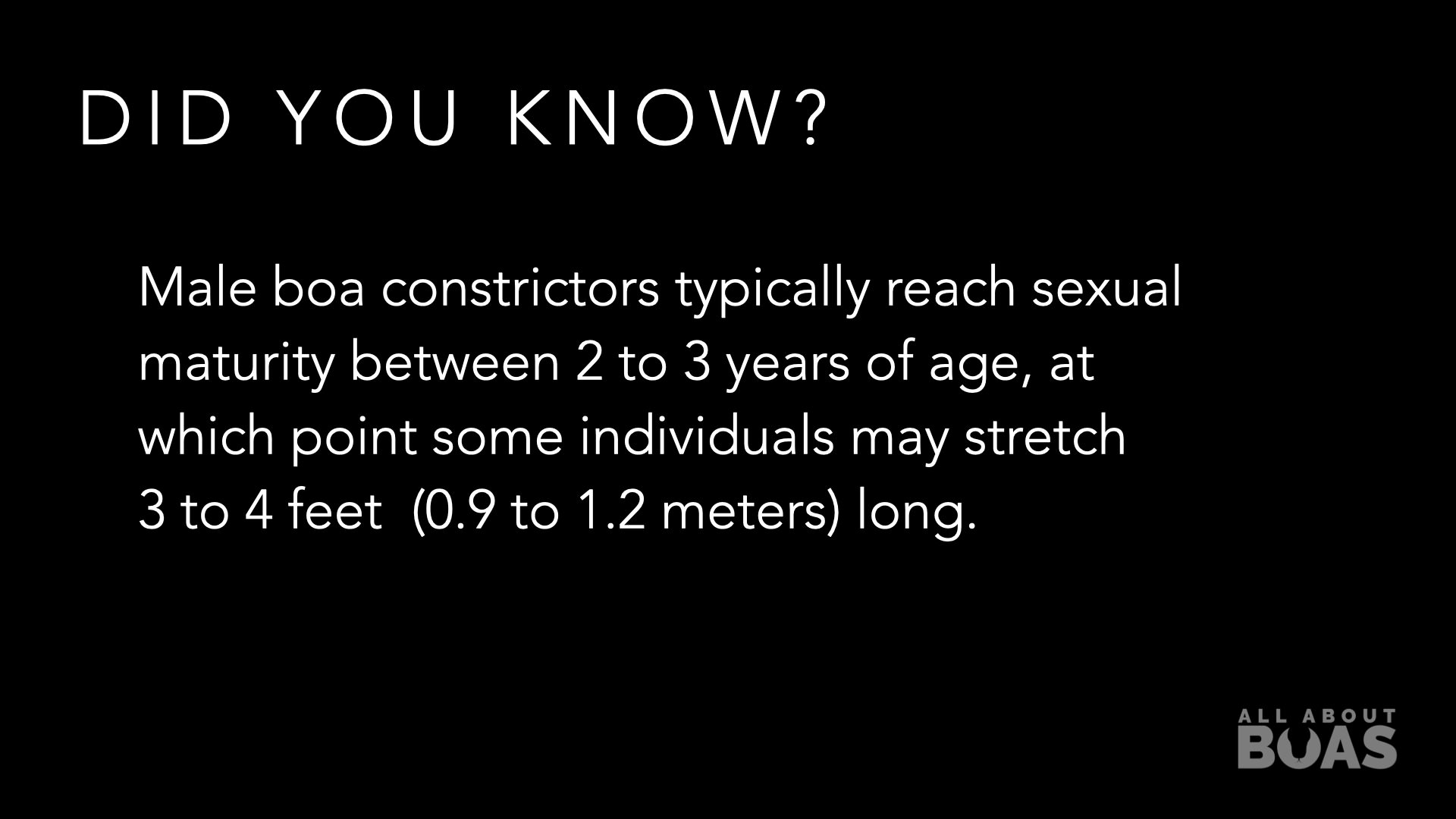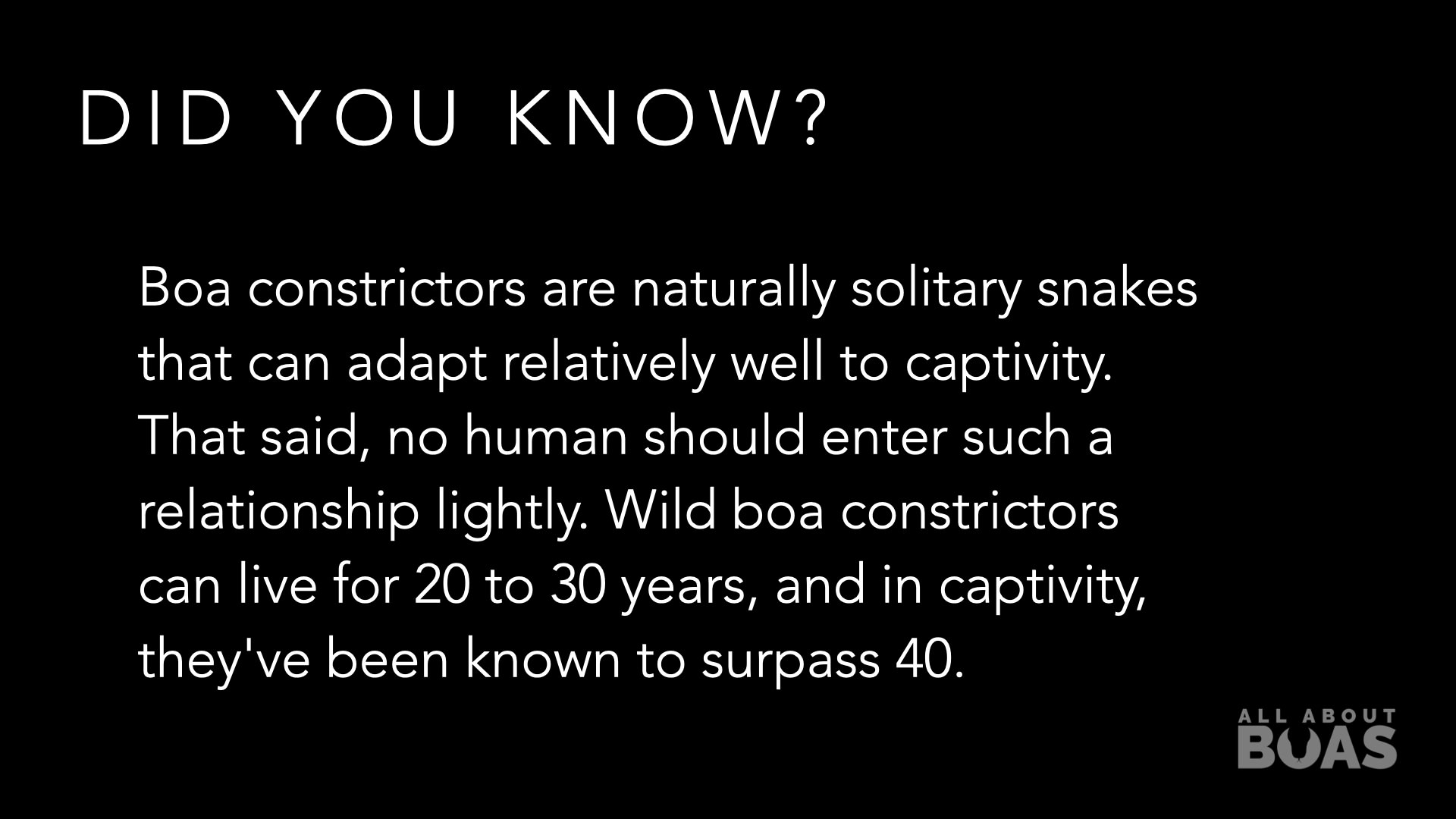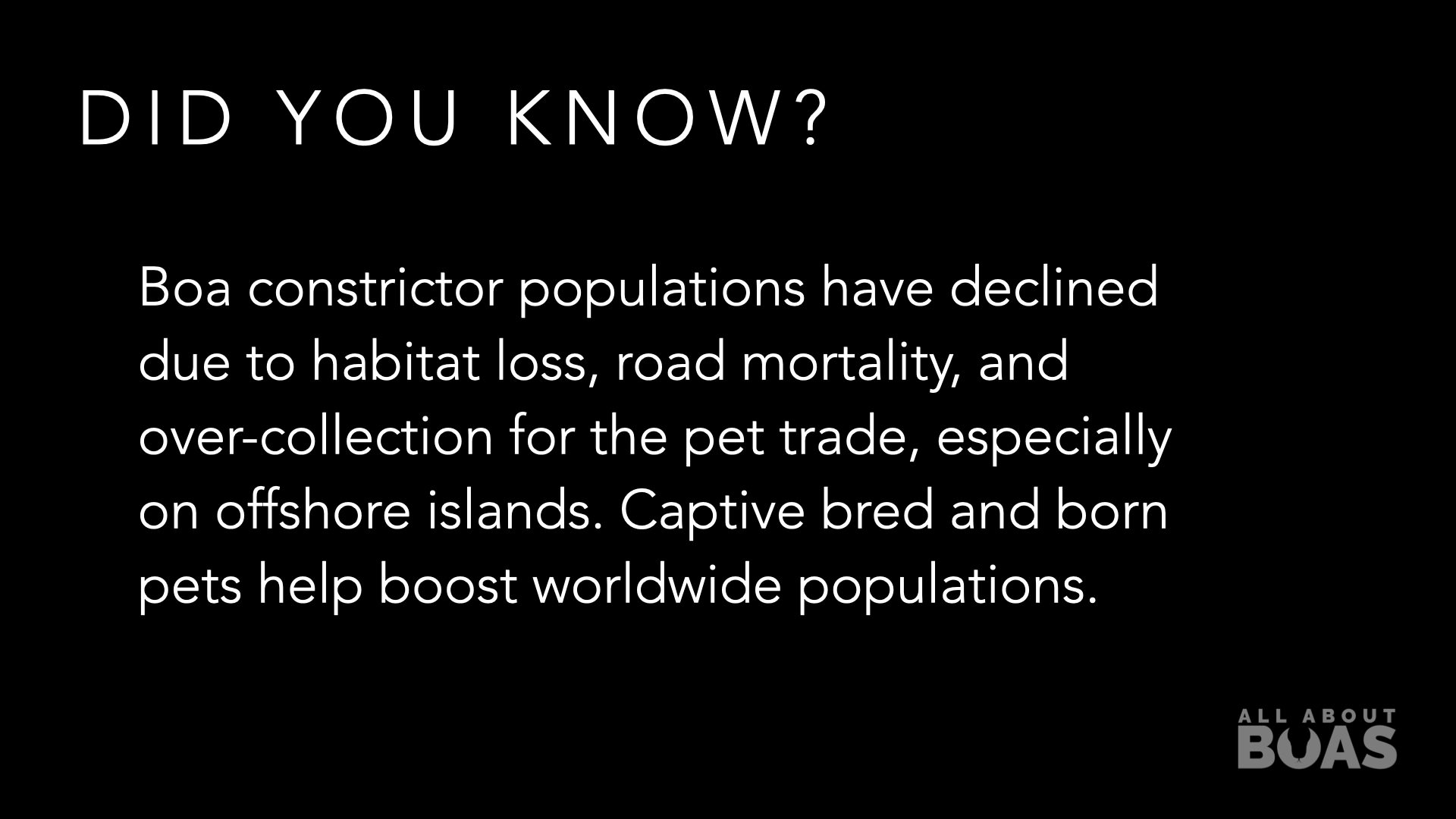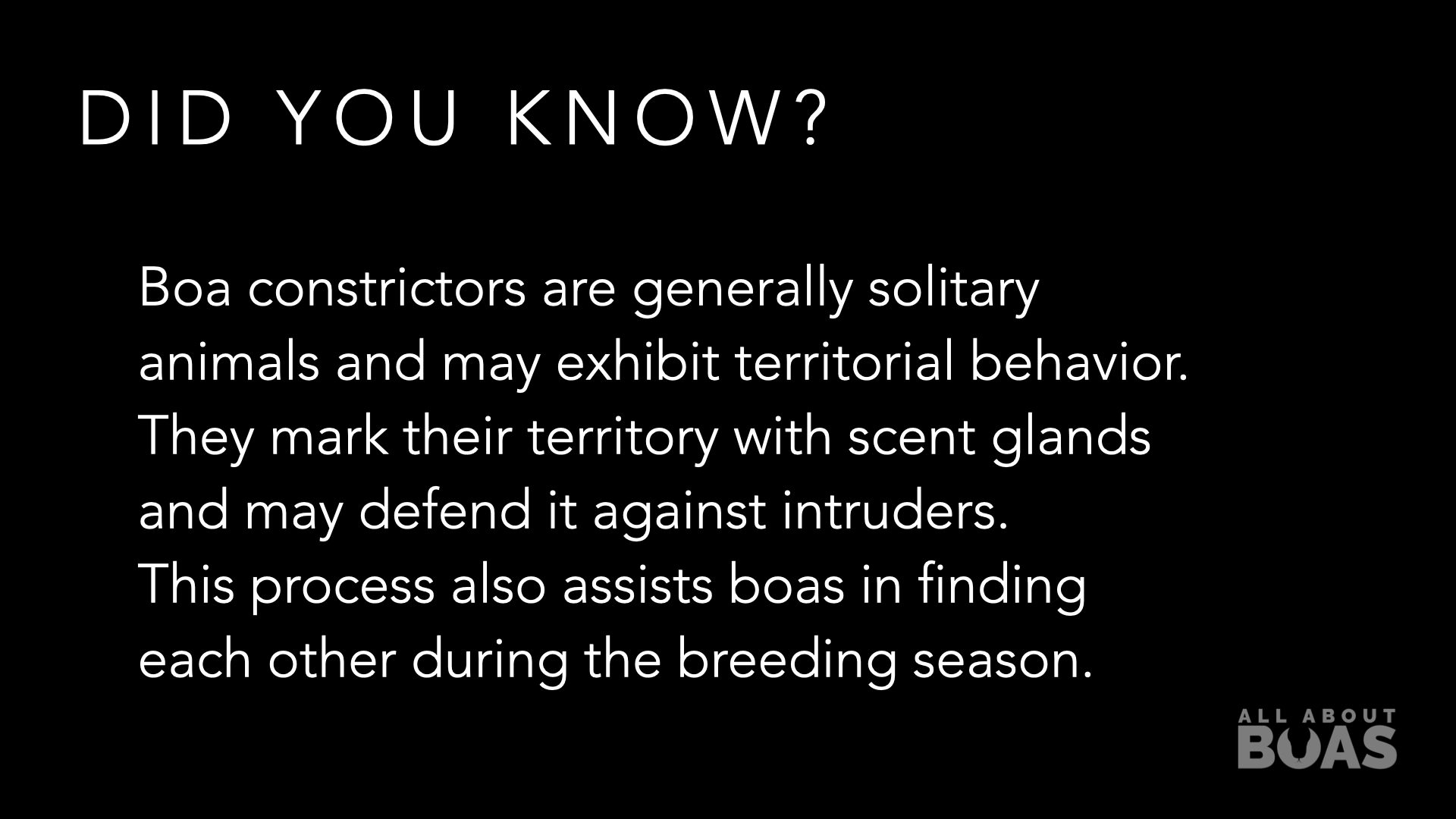Boa constrictors, magnificent creatures of the wild, have long captivated the fascination of reptile enthusiasts and animal lovers alike. These graceful serpents, known for their striking appearance and remarkable adaptability, come in various sizes depending on their species, age, and environmental factors. In this article, we will delve into the intriguing world of boa constrictors, exploring the factors that influence their size and understanding just how large these snakes can grow.
The Basics of Boa Constrictors:
Boa constrictors are a group of non-venomous snakes belonging to the Boidae family. They are primarily found in the Americas, ranging from North America to South America. Within this family, there are several species, but the most well-known is the Boa constrictor imperator, commonly referred to as the common or imperator boa. These snakes, like many other reptiles, grow throughout their lives, but the rate of growth tends to slow down as they reach maturity.
Size Variations Among Boa Constrictor Species:
Boa constrictors exhibit a wide range of sizes, with significant variations observed among different species. The common boa constrictor (Boa constrictor imperator) typically reaches lengths of 6 to 10 feet (1.8 to 3 meters) in captivity, although some individuals have been recorded at lengths of up to 14 feet (4.3 meters). On the other hand, the smaller species, such as the Hog Island boa (Boa imperator), generally remain smaller, averaging around 4 to 6 feet (1.2 to 1.8 meters) in length.
Factors Influencing Boa Constrictor Size:
Several factors influence the size of boa constrictors, including genetics, environmental conditions, and the availability of food.
-
Genetics: The genetic makeup of an individual boa constrictor plays a significant role in determining its potential size. Certain genes inherited from parents can influence the snake's growth rate and overall size.
-
Environmental Conditions: Boa constrictors living in different regions may experience varied environmental conditions, such as temperature and humidity. These factors can affect their metabolism and growth rate. For instance, boa constrictors in warmer climates might grow slightly faster than those in cooler regions.
-
Feeding Habits: Adequate and regular feeding is crucial for a boa constrictor's growth. Snakes that have access to a consistent and well-balanced diet of appropriately sized prey items are more likely to grow to their full potential.
-
Age: Like all living beings, boa constrictors undergo growth spurts during their early years. As they reach maturity, their growth rate slows down, and they eventually reach their maximum size.
Conclusion:
In the captivating world of boa constrictors, size is not a one-size-fits-all concept. These magnificent snakes showcase a fascinating spectrum of sizes, influenced by a combination of genetic, environmental, dietary, and age-related factors. As nature's design continues to unfold, these enigmatic creatures remind us of the intricate balance that shapes the diversity of life on our planet. Whether large or small, each boa constrictor embodies the wonder of nature, captivating the hearts and minds of those who are fortunate enough to encounter them.




